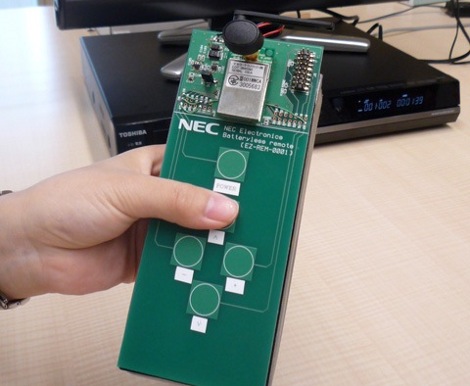
[Ania] wrote in to let us know her team had finished the Multixylophoniomnibus and that they have posted an extensive writeup about it. We covered this augmented xylophone when it was still in development at the beginning of this month. Originally they wanted to use mallets wrapped in tinfoil as switches that close when they contact the metal keys, something akin to matchbox cars as a switch. This plan was thwarted when they realized the paint surface insulated the metal keys. At this point they switched to piezo sensors which turned into an odyssey of trial and error to achieve a reliable input for the Arduino to monitor. In the end they got it working with around forty lines of code, interfacing six boxes containing a different type of noisemaker.
See the finished instrument played in the video after the break. Alas, the addition of the piezo sensors do impede the resonance of the xylophone keys, but we still like it! There’s something reminiscent of the beginning of Pink Floyd’s Money when this is played.













